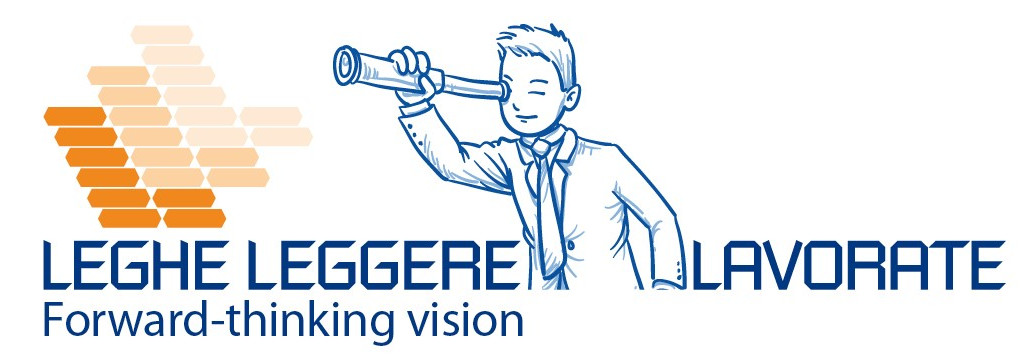3D measuring machines are very versatile tools which are useful for the quality control of components produced in the industrial field or in the medical field, as in our specific case.
These machines, also known as CMM, are able to detect the three-dimensional measurements of objects of any level of complexity with extreme precision.
CMM coordinate measuring machines: how they work and what they are for
The main ability of CMM coordinate measuring machines is given by the measurement accuracy obtained with mechanical means or with optical instruments.
The first coordinate measuring machine was produced in the early 1960s. Over the years CMM coordinate measuring machines have increasingly evolved and improved. Today companies like ours that produce very complex components in large numbers, cannot do without the help of this kind of machine.
CMMs are typically used to test single or assembled parts to determine compliance with the original design. In our case, the use is mainly related to the measurement of individual parts.
The CMMs are inserted in the workflows of the manufacturing companies, usually in the metrological departments or even on the machine, to check the dimensions of the manufactured components and prevent or solve quality problems.
Advantages of using CMM coordinate measuring machines
The advantages of using CMMs compared to manual inspections or checks carried out with conventional metrological tools are:
● accuracy
● speed
● reduction of human errors
But how do these machines work?
CMMs are machines that have a very specific task, to bring a 3D project of the real object to the computer.
This allows to replicate this object (reverse engineering) or to check and compare the dimensions of the product designed with that obtained by mechanical processing.
These three-dimensional checks are performed using a small tip which, once in contact with the surface of the object, reports its three-dimensional position (X-Y-Z) on the program.
For the use of these control machines, it is necessary to have extremely qualified personnel within one’s metrology department who are able to use the instrument in the best way, so as to obtain correct measurements of the object that is is scanning.
History of CMM (3D) coordinate machines
Many years have passed since the arrival of the first CMM in the company and we have never regretted our purchase.
Despite the programming times, certainly not fast, the advantages in terms of precision, repeatability and constancy in the measurements pays off considerably in its use.
As a demonstration of how much a CMM is now indispensable for a company like ours, we have seen fit to add a new one, at the beginning of 2022. The Zeiss you see in the image.

